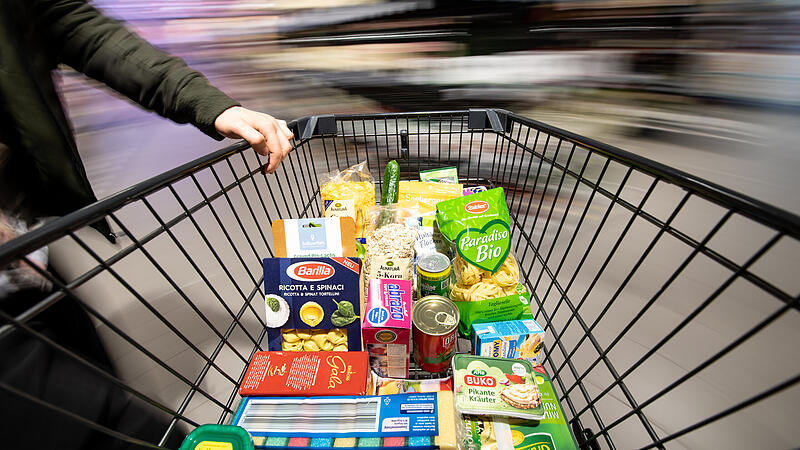Image: APA/dpa/Fabian Sommer
The environmental NGO has chosen six products typical of the Easter season, such as colored and fresh eggs or ham. The foods are tested for their edibility for three months. The NGO is already reminding that the best-before date (MHD) is only a “freshness guarantee” and not an expiry date.
“Anyone who looks, smells and tastes can quickly and easily determine whether a product is still edible. A best-before date that has passed is by no means a reason to throw food away. This is now also confirmed by the Greenpeace long-term test,” explained Sebastian Theissing-Matei, agricultural expert at Greenpeace, the difference. Two weeks after the best-before date (MHD), the samples were first microbiologically and sensorily tested in the laboratory of the Food Research Institute (LVA) for appearance, smell and taste.
Intermediate after two weeks
The first round was passed by all the candidates without a hitch: Whether fresh, boiled and colored eggs, Easter ham, cream cheese, mixed rye bread or Easter buns, everything was edible two weeks after the end of the best-before date. All products will now continue to be stored according to the recommended conditions, which can start at room temperature, or chilled at seven to ten degrees Celsius.
Tons of food ends up in the trash
Greenpeace carried out such a test as early as 2017. The long-term winner at the time was the yoghurt, because the milk product was still safe to eat for 26 weeks, i.e. half a year after the best-before date, the NGO determined at the time. Six years later, tests are being carried out again, because according to calculations by the environmental protection organization, around 830,000 tons of edible food end up in the garbage in Austria every year – around 26 kilograms per second. However, the data on food waste is poor – in many areas there are only estimates, and depending on the situation, one third to one half of food waste in Austria comes from private households.
Waste should be halved
The Austrian government has set itself the goal of halving per capita food waste by 2030. However, there seems to be no success, because according to NGO estimates, 760,000 tons ended up as garbage in 2017, which must have been a negative development, at least in terms of weight.
“In times of the climate and energy crisis, we cannot afford to literally produce food for the bin. Politicians must create full transparency and set sanctionable targets for the individual sectors. Then companies and consumers must make their contribution and help use valuable resources carefully,” the Greenpeace expert concluded. One problem is that many manufacturers would choose a very early best-before date in order to avoid any liability issues.
- lab results below https://act.gp/40sQWXA
Source: Nachrichten




